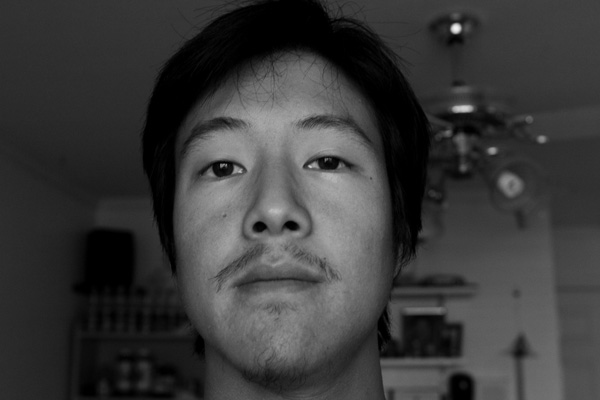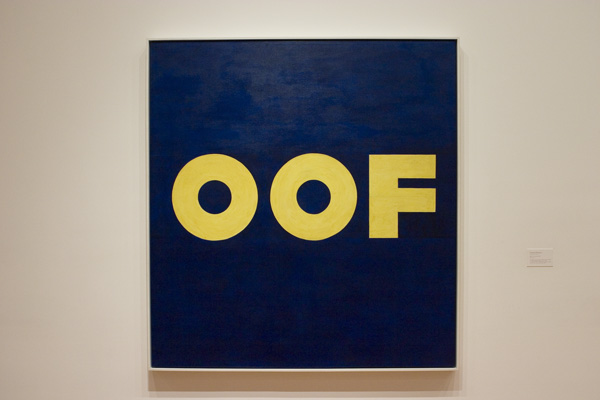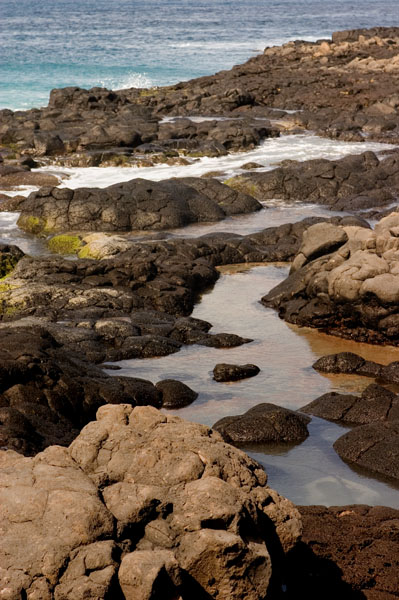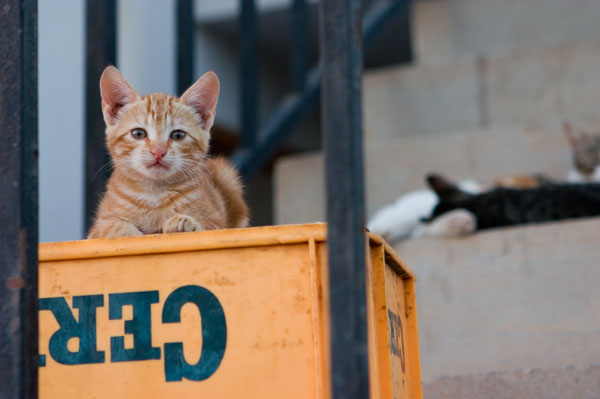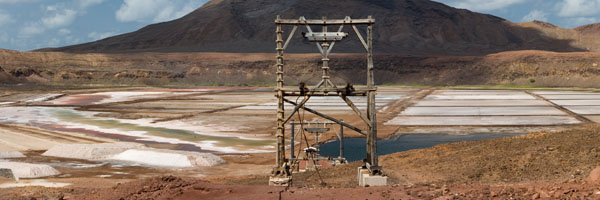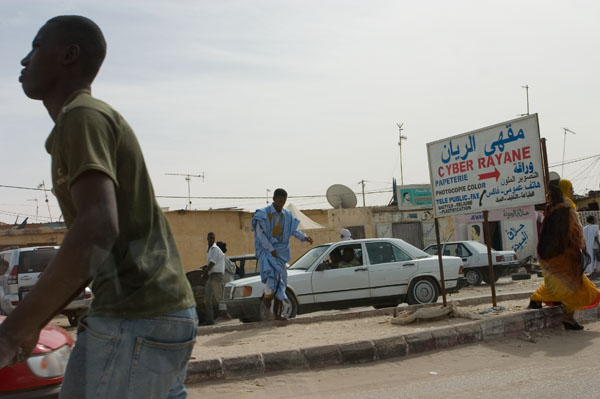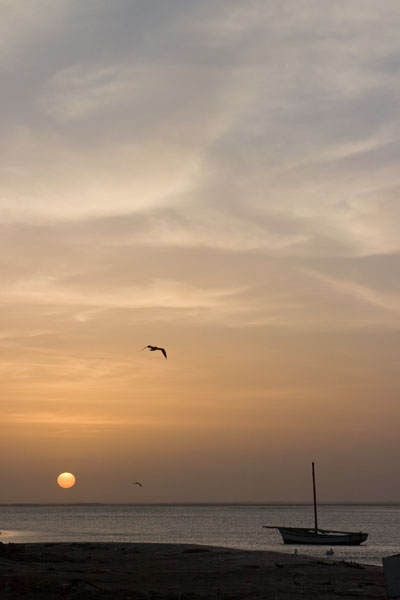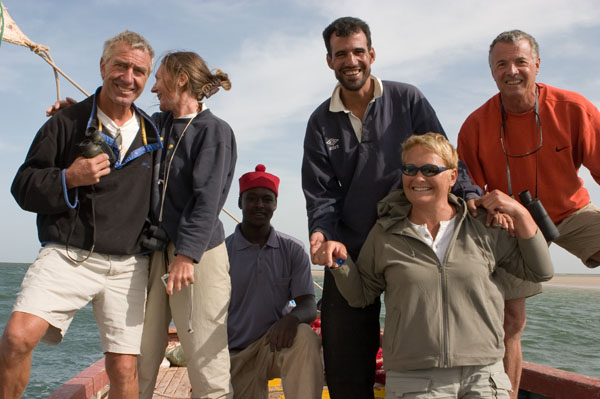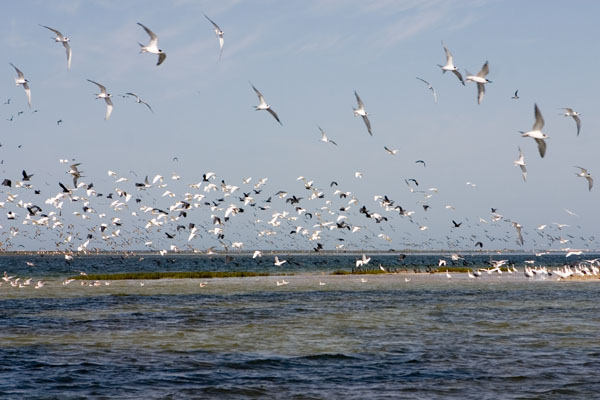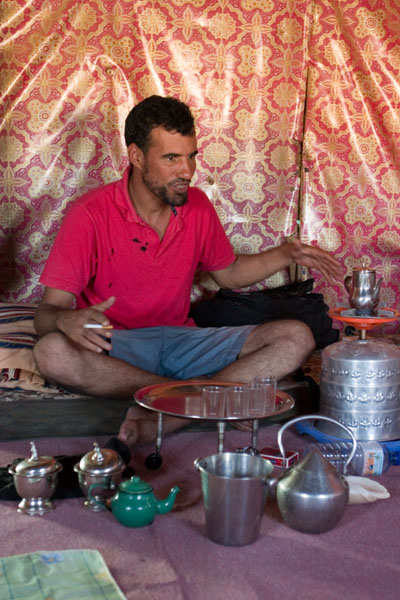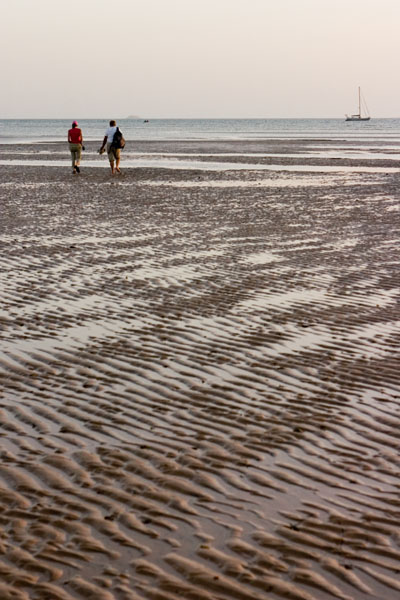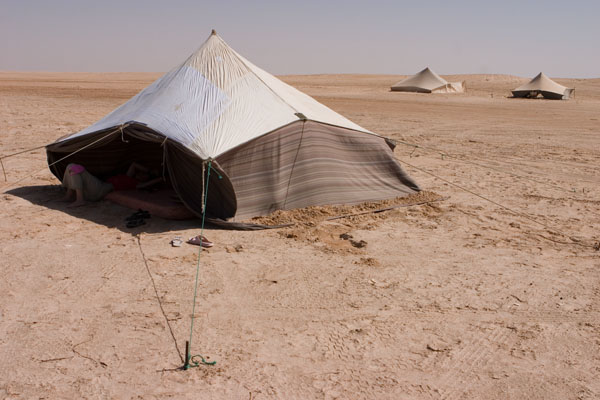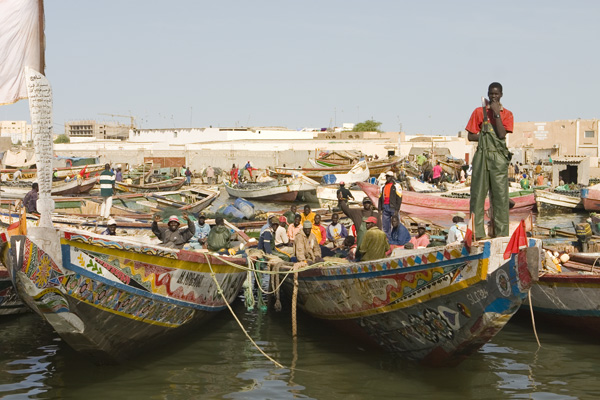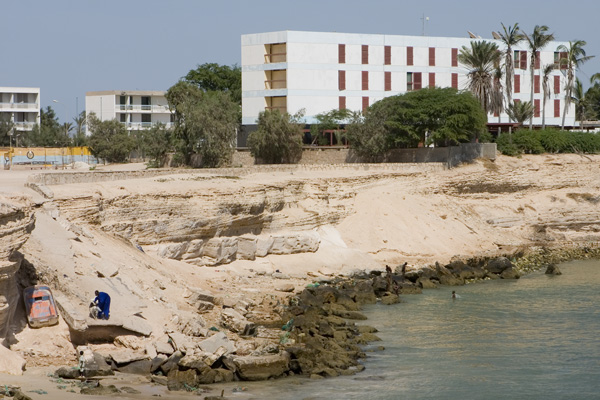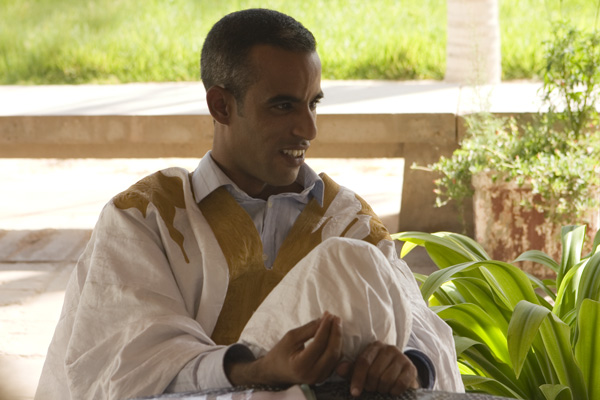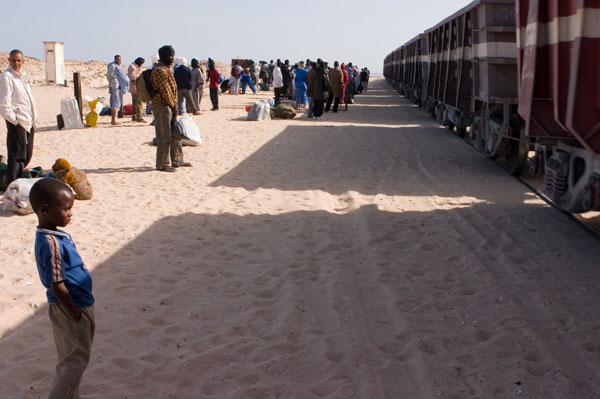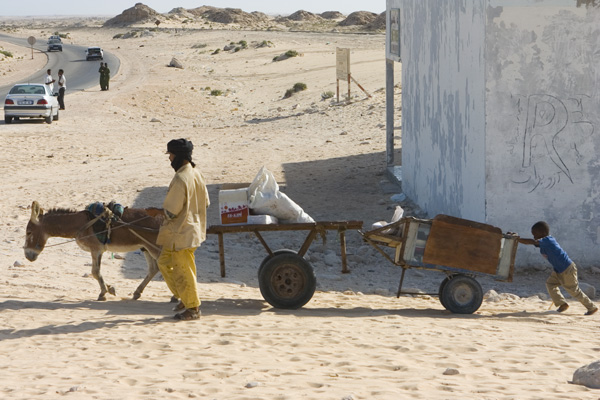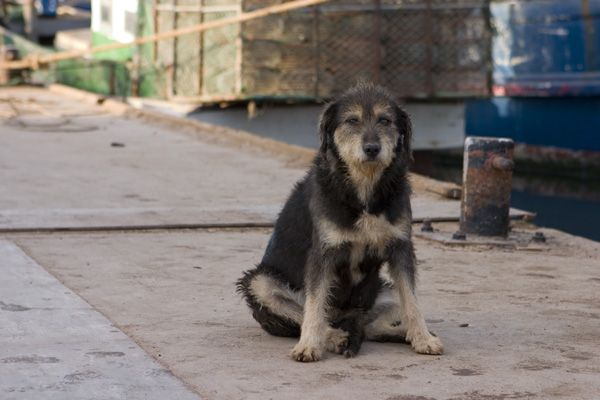Bajorted! Dachorted!
I'm home a few days early...
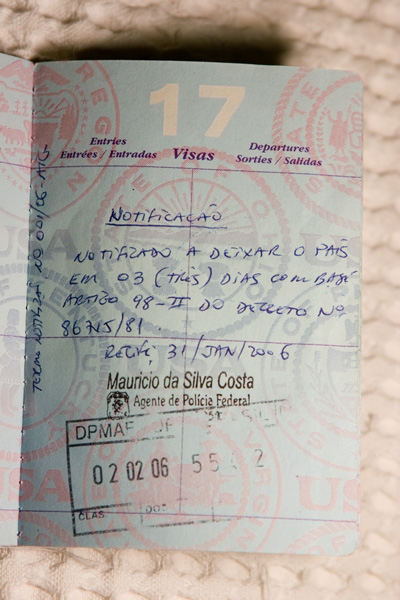
Translation: Get your visa-less American ass out of our country! (More detailed document can be viewed here.)
Okay, so technically, I wasn't deported from Brazil. I was given three days to leave the country, and if I didn't, then they were going to arrest and deport me.
It was an interesting and memorable experience, spending three hours with the feds in the back room of the Recife airport. (I had to take a taxi to go to airport immigration because the maritime immigration officer didn't know what to do with me.) Not knowing any Portuguese, I explained my situation to them in Spanish -- that I'd arrived in their country that morning on a boat along with three Europeans (who didn't need visas to visit Brazil), that I wasn't aware that as an American I needed a visa, and that I already had a plane ticket to leave the country on Feb 6 -- and then I had to decipher and guess at the meaning of their responses in Portuguese. The process repeated itself each time another person walked in the room and was curious to know what that bony brown Asian was doing there in the corner.
When I wasn't explaining myself, most of my time was spent sitting quietly, being thankful that I wasn't going to spend the night in a Brazilian prison, and just patiently waiting for Mauricio da Silva Costa to finish typing up my official threat documents. Brazilian bureaucracy in action: he went through at least fifteen drafts, checking them over, printing them out, and running them by three other people, then re-editing the documents again and again, taking over two hours before they were all satisfied.
In the meantime, I watched a few coworkers of Mauricio prepare a practical joke on him involving a lot of balloons in another room -- lots of covert smiles being exchanged between them. Things got a lot more exciting when some criminal was suddenly hauled through the office and thrown in a jail cell in the back. For a short while afterwards, the office was flooded with MPs and higher-ranking suits who were investigating what had happened. When that commotion died down, I spent some time chatting with an officer who'd been a police helicopter pilot for many years before switching to airport patrol; he later helped me find my way around the airport and reschedule my flight.
The whole experience just made that first day back on land (Jan 31) all the more surreal. And in the end, everything turned out great: the officials were really quite friendly and fun to talk with, it cost me only $10 to change my departure date to Feb 2, and I still had a couple days to tour Recife before coming back home.
So now, I'm back. I've got a lot more stories to share, a lot of weight to regain, and a lot of old threads to pick up along with some new ones as well. But first, a nice long nap!

Translation: Get your visa-less American ass out of our country! (More detailed document can be viewed here.)
Okay, so technically, I wasn't deported from Brazil. I was given three days to leave the country, and if I didn't, then they were going to arrest and deport me.
It was an interesting and memorable experience, spending three hours with the feds in the back room of the Recife airport. (I had to take a taxi to go to airport immigration because the maritime immigration officer didn't know what to do with me.) Not knowing any Portuguese, I explained my situation to them in Spanish -- that I'd arrived in their country that morning on a boat along with three Europeans (who didn't need visas to visit Brazil), that I wasn't aware that as an American I needed a visa, and that I already had a plane ticket to leave the country on Feb 6 -- and then I had to decipher and guess at the meaning of their responses in Portuguese. The process repeated itself each time another person walked in the room and was curious to know what that bony brown Asian was doing there in the corner.
When I wasn't explaining myself, most of my time was spent sitting quietly, being thankful that I wasn't going to spend the night in a Brazilian prison, and just patiently waiting for Mauricio da Silva Costa to finish typing up my official threat documents. Brazilian bureaucracy in action: he went through at least fifteen drafts, checking them over, printing them out, and running them by three other people, then re-editing the documents again and again, taking over two hours before they were all satisfied.
In the meantime, I watched a few coworkers of Mauricio prepare a practical joke on him involving a lot of balloons in another room -- lots of covert smiles being exchanged between them. Things got a lot more exciting when some criminal was suddenly hauled through the office and thrown in a jail cell in the back. For a short while afterwards, the office was flooded with MPs and higher-ranking suits who were investigating what had happened. When that commotion died down, I spent some time chatting with an officer who'd been a police helicopter pilot for many years before switching to airport patrol; he later helped me find my way around the airport and reschedule my flight.
The whole experience just made that first day back on land (Jan 31) all the more surreal. And in the end, everything turned out great: the officials were really quite friendly and fun to talk with, it cost me only $10 to change my departure date to Feb 2, and I still had a couple days to tour Recife before coming back home.
So now, I'm back. I've got a lot more stories to share, a lot of weight to regain, and a lot of old threads to pick up along with some new ones as well. But first, a nice long nap!

